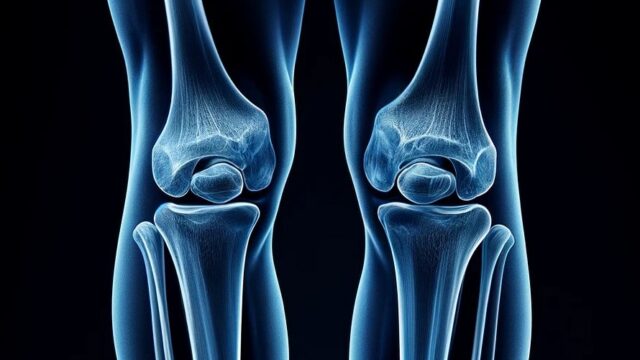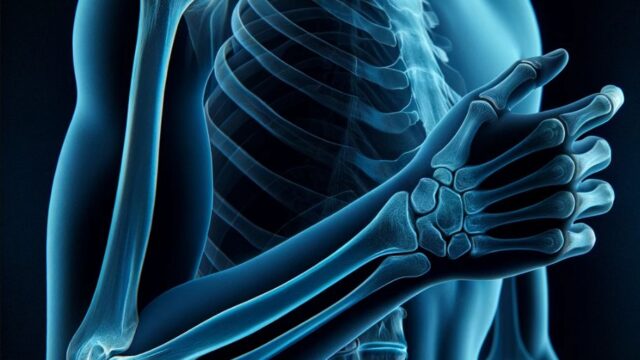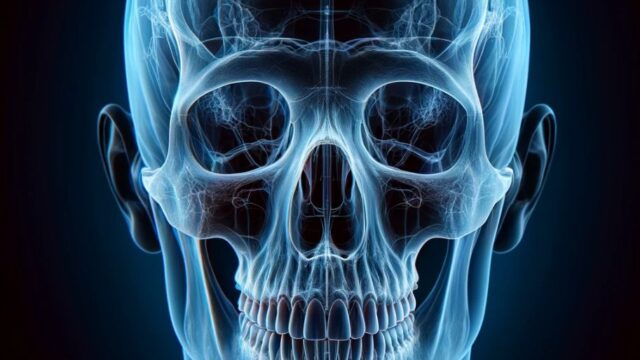Purpose
The projection of the mandibular condyle and ramus is done inside the orbit.
It is used to observe fractures, dislocations, inflammations, and other conditions.
Imaging is performed from both directions for comparison.
Prior confirmation
Remove any obstacles (Piercing, glasses, etc.).
Positioning
Supine or seated position.
Tilt the head 15° towards the side of interest. The entire head should be tilted without any twist or rotation.
Place a pillow and retract the chin to align the Frankfort horizontal plane perpendicular to the cassette.
Place markers (R, L).
Ensure the mouth is open wide.
CR, distance, field size
CR : Direct the X-ray beam obliquely towards the affected side of the orbit, with a caudal-cranial angle of 25°.
Distance : 100 cm.
Field size : Narrow down the field of irradiation to avoid including the non-affected side of the orbit.
Exposure condition
80kV / 8mAs
Grid ( + )
Suspend respiration
Image, check-point
FIGURE 44-2
The mandibular condyle is projected centrally within the orbit without overlapping the temporal bone.
If the mandibular condyle overlaps with other bones in the superior-inferior direction, it is necessary to further open the mouth.
The irradiation field is minimized to include only the necessary area.
Markers are present.
The target area exhibits appropriate contrast and tolerance.
Videos
Related materials










